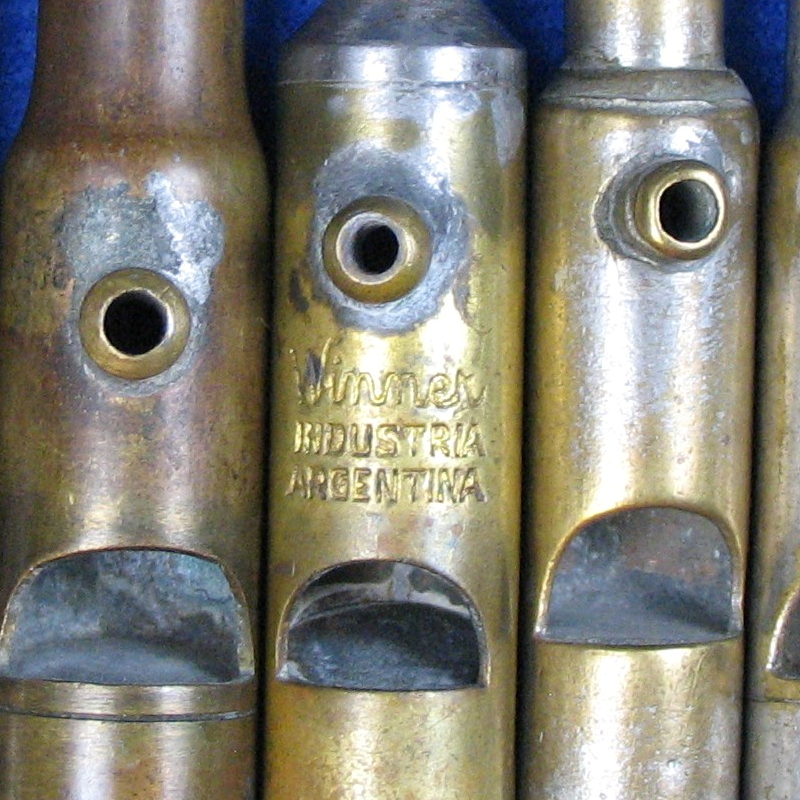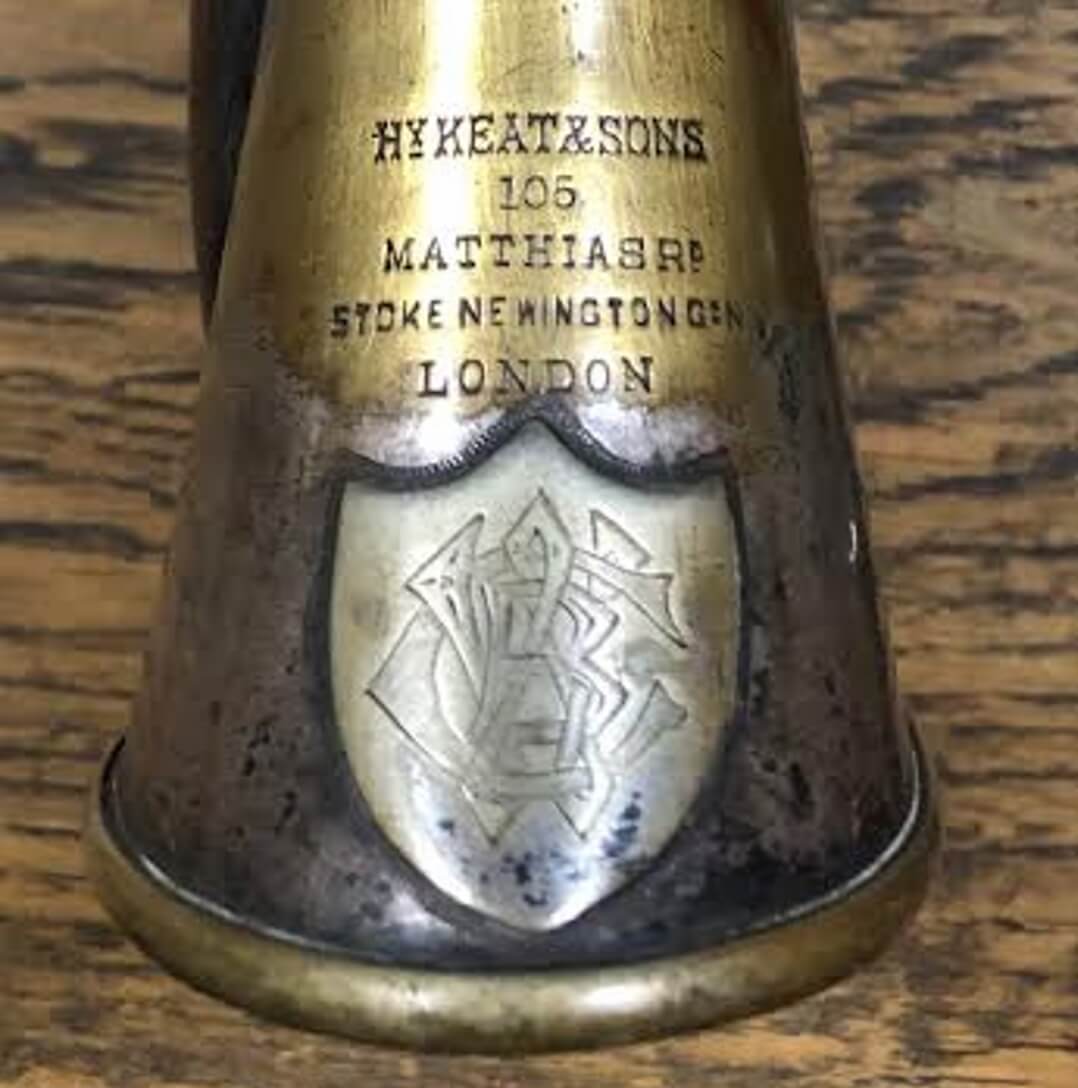Spotlight > Whistle Categories > Siren > 096
Whistory:
In our third of the series of hand blown sirens comes the torpedo siren. It was first patented in Germany (1895) and later manufactured in France as well. Compared to the case siren ( see SPOTLIGHT 42 ) it is even more stout in construction. The body style was consistent and so takes a separate SPOTLIGHT from the variety SPOTLIGHT 65.
As we remember, three separate patents were filed in 1895, the thin wall in the USA, the case in the UK and the torpedo in Germany.
The torpedo is somewhat rare to find. Whether this is due to circumstance with international trading or if there were actually fewer manufactured is not known, however most sirens outside the case sirens and thin wall sirens are less than common as a general rule, perhaps small advertising sirens are also an exception.
As found in catalogs they were available to the general public and to professionals alike. They can be found in trade catalogs for sound effects for movies, cycling and for signaling.
The torpedo’s approach to sound is reversed from case sirens in that the spinning wheel is towards the front and away from the mouthpiece, whereas the spinning wheel is just behind the mouthpiece in case sirens. From our limited experience there seems to be less trouble with torpedo sirens, less wobbling and less adjustments.
What features are notable about torpedo sirens?? Where did they get their name ?? What are the similarities and differences ??
Whistology:
In 1895 Ferdinand Pietschmann the designer and manufacturer patented the Orig-Torpedopfeife. The word itself is ironic in that it dates back to the latin verb torpere for sluggish ( C.1500 ). This was its genesis as an electric ray that could incapacitate like a mine, later it would be mobile ( C.1880 ). So the rotating wheel spins quite fast in all sirens, but apparently the name here is applied to the shape of the body named 15 tears after Robert Fulton named the war instrument somewhat similar in shape. The original patent registration design and dates are shown below. GMS No. 81884. Patent number 1099.
Original patent print:
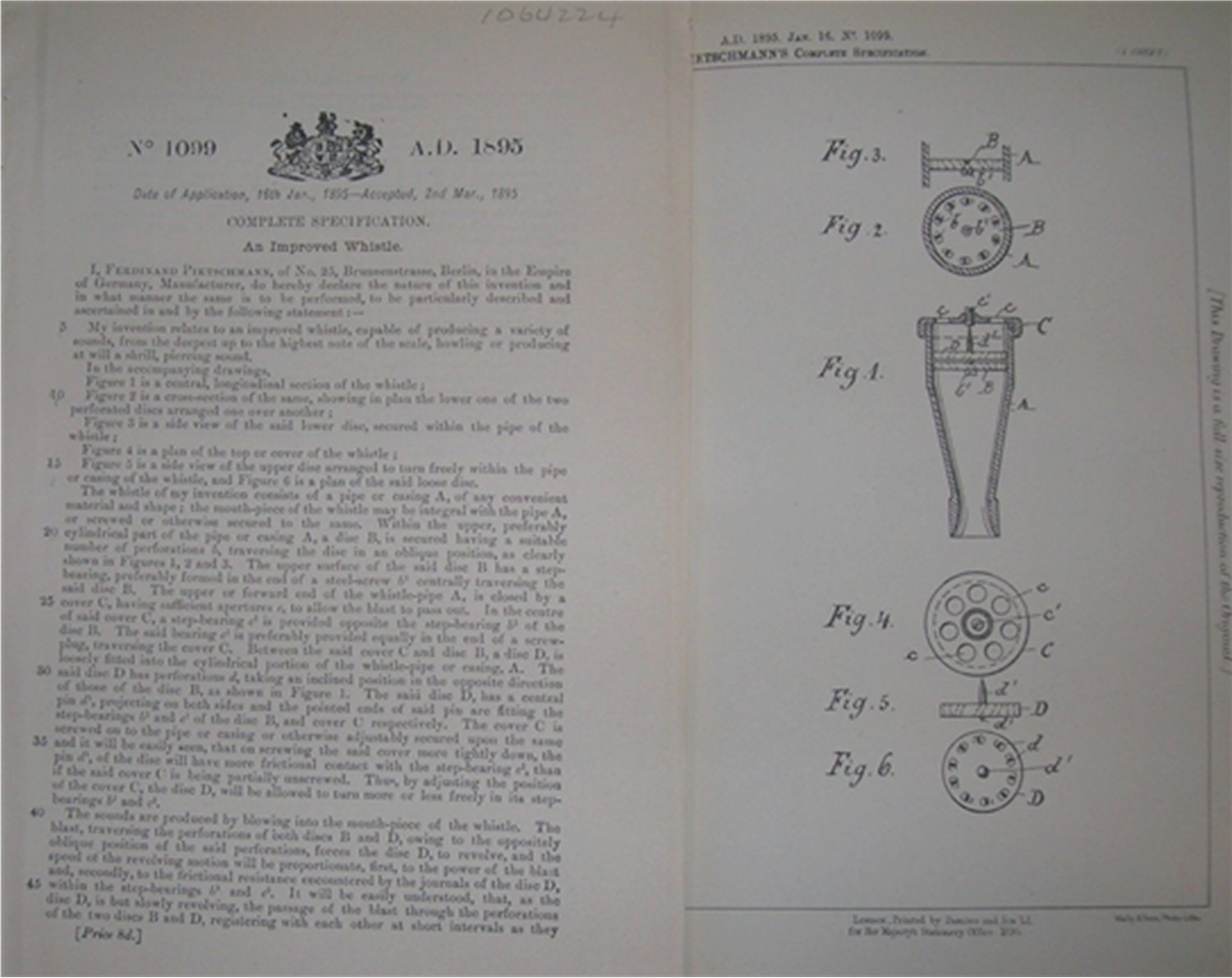
Two manufacturers emerge, possibly three here at the reference collection. However other German manufacturers possibly made them ( i.e. Signal, Zimmerman etc. ) Subtle differences in the internal wheels, the depths of the top cylinder heads, amount of exit holes, adjustment screws and angles and even the shape of the inside holes all indicate possible different manufactures. How many is still a matter of research. French manufacturing appears to be predominantly Armes & Cycles Saint-Etienne. We will add to the article or revise it as the information surfaces ( ….or we are corrected ).
Note the Signal catalog C 1900 that highlights Pietschmann Torpedos. As yet we have not obtained the top left torpedo with the varied screw on top. The inside holes are different and simply four to interact with the wheel.
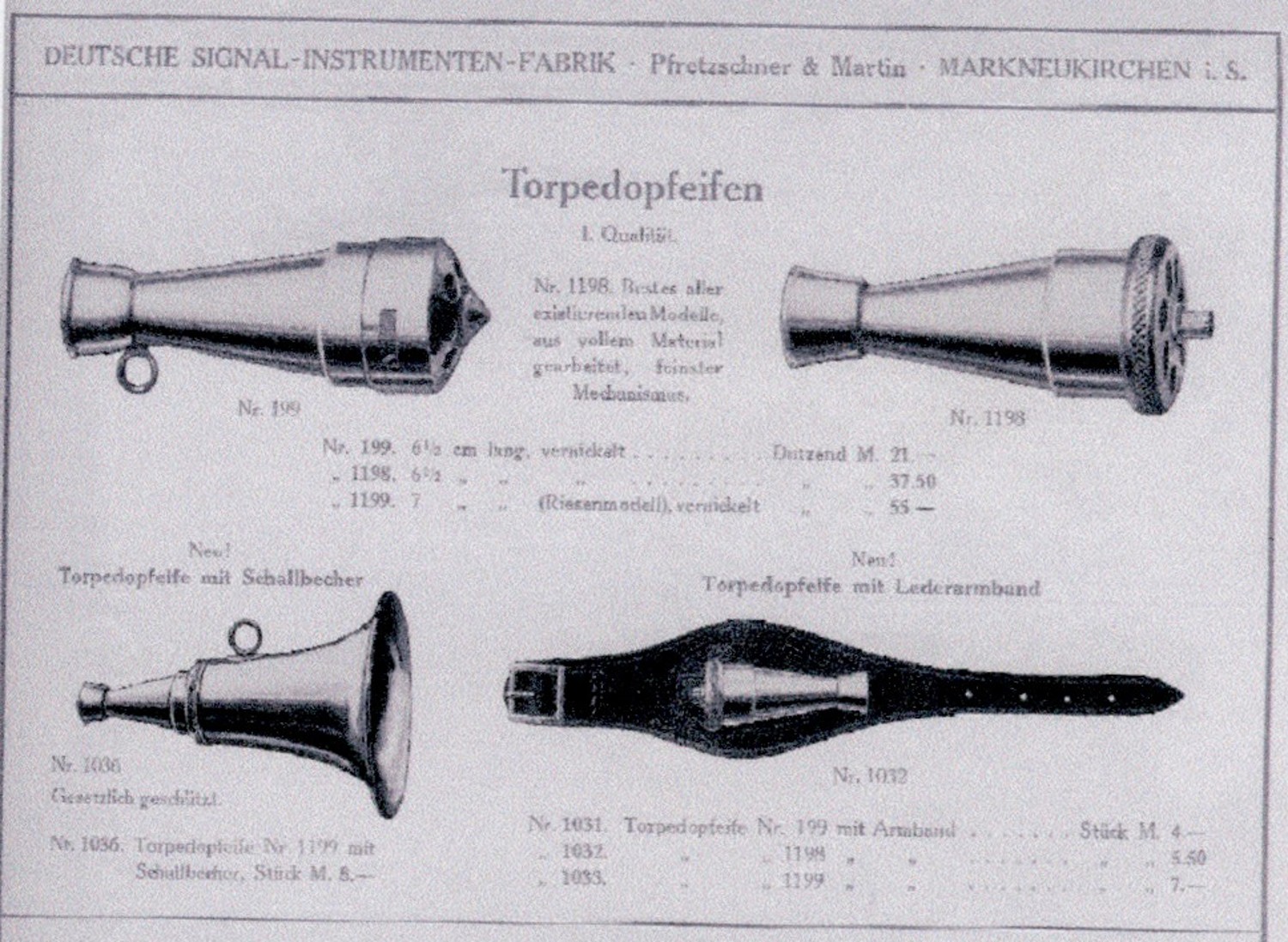
Four sizes are known at the Gallery.
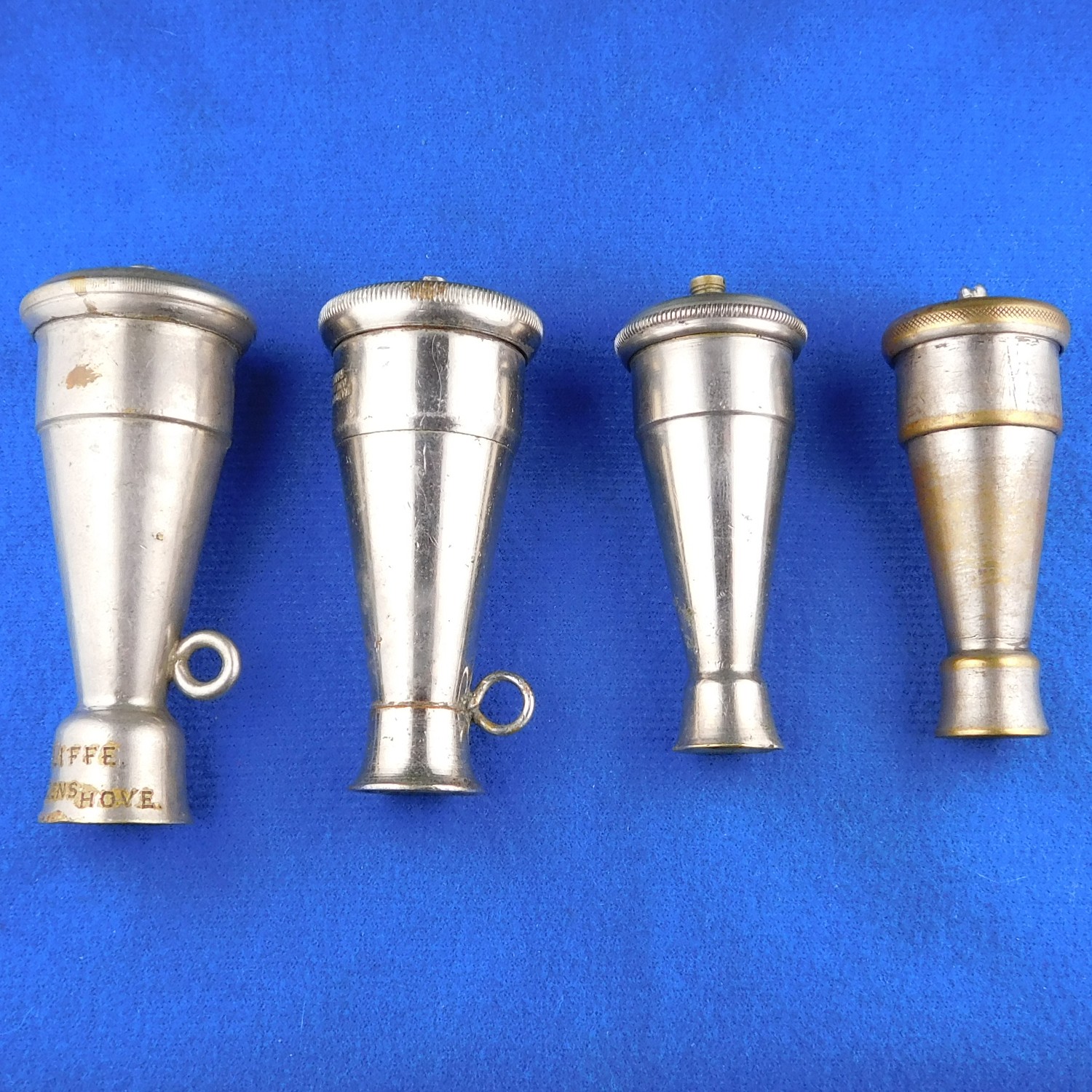


We are separating the six here into 3 manufacturers.
- Type A — Pietschmann
- Type B — Unknown
- Type C — Manufacture France Armes & Cycles Saint-Etienne
First two are Pietschmann, same size models. The angles of the brass holes ( 7 ) are different, but the same manufacturing. Both wheels center pins are tall and match.
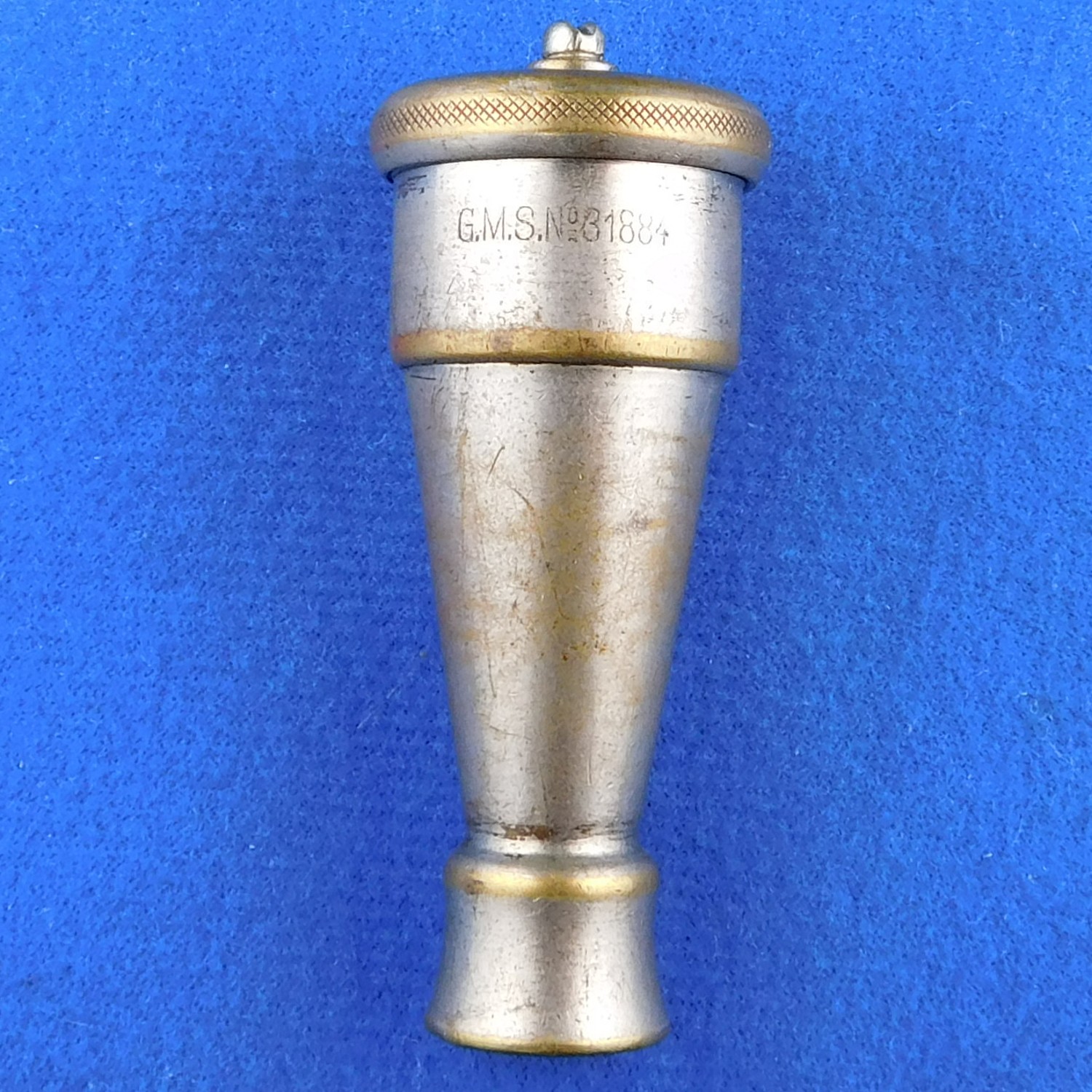
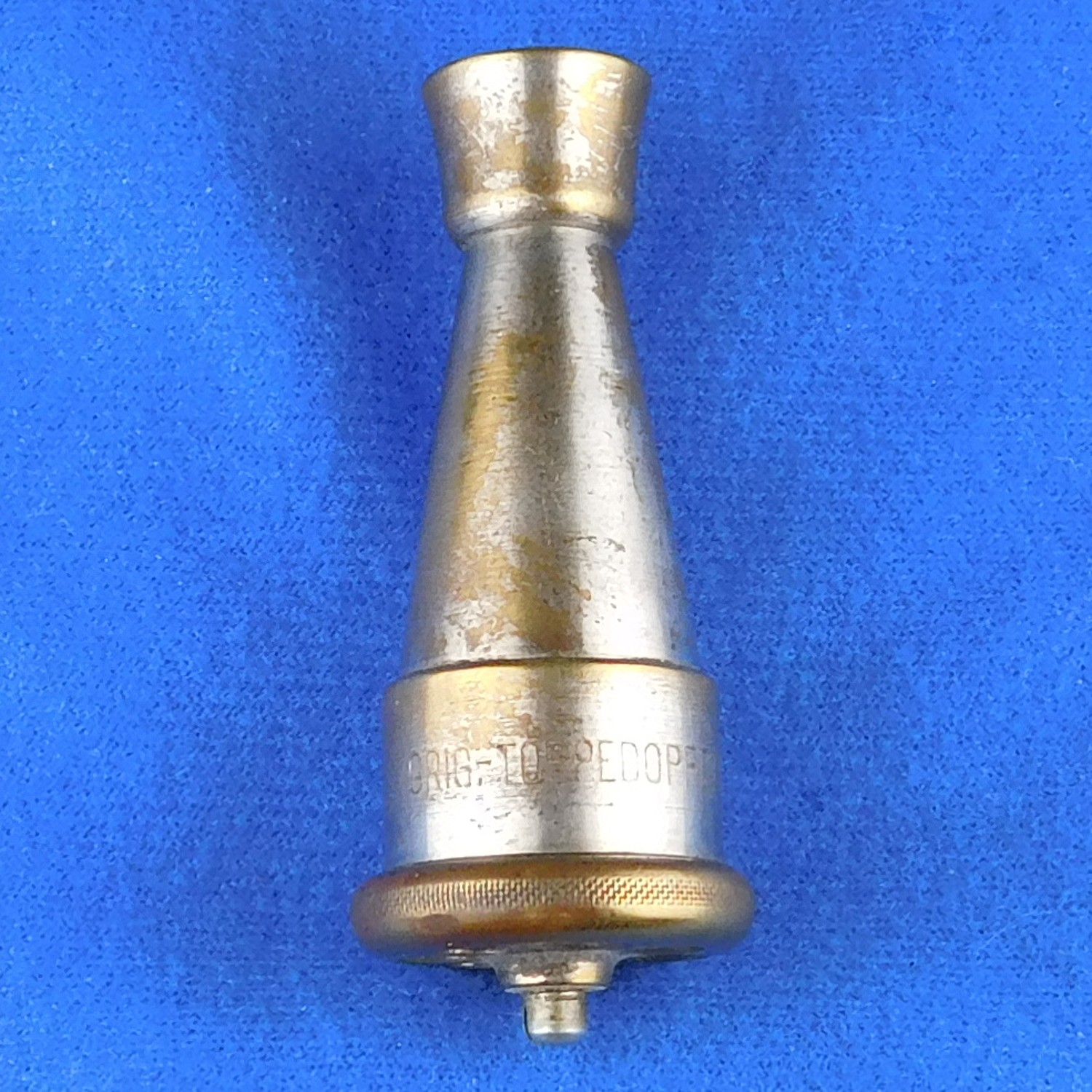
Compare three different internal wheel differences as follows:
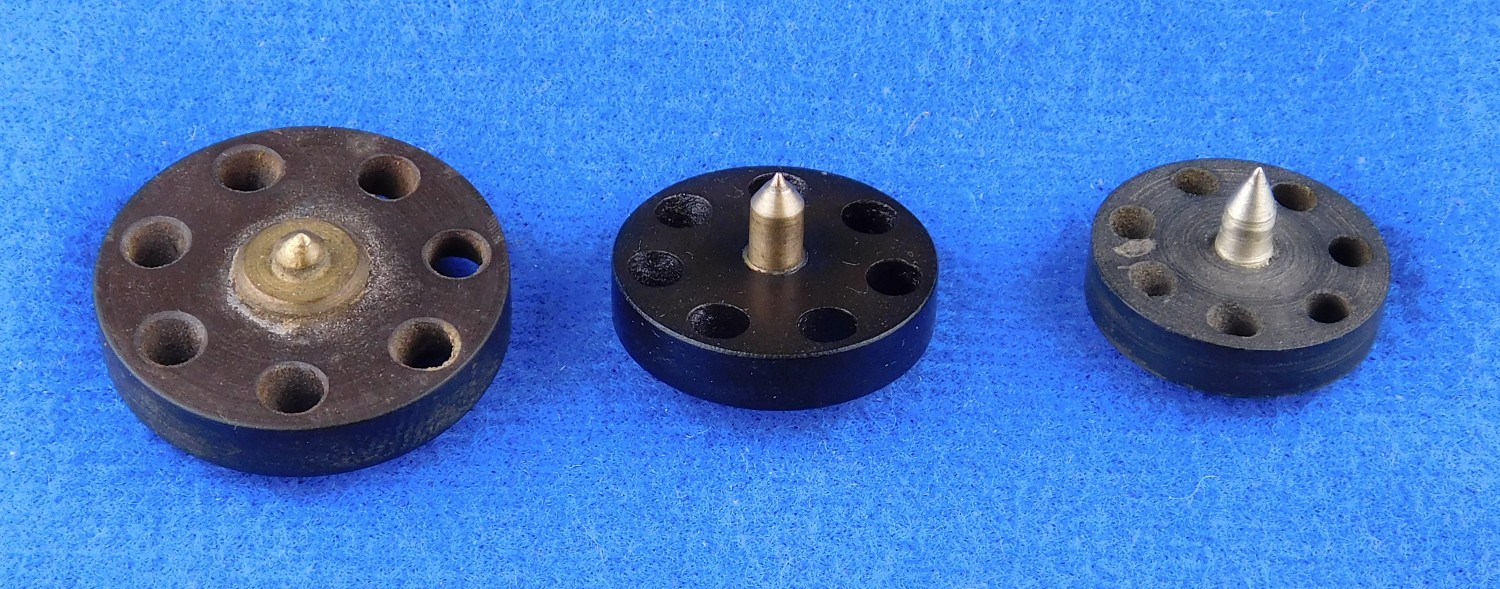
Left to right ( backwards )
Type C ( unknown )
Type B ( Pietschmann )
Type A ( Armes & Cycles )
Same layout for the top holes and especially note the adjustment screws.
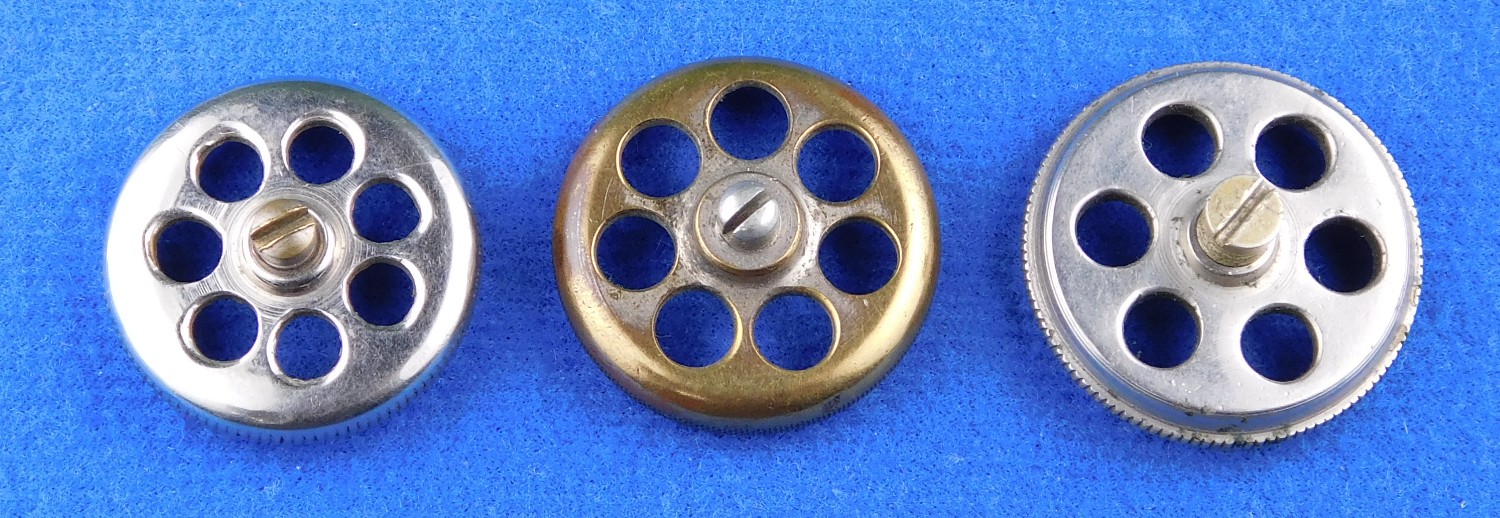
Everything helps in identifying torpedo sirens which are not always clearly identified by stamps.
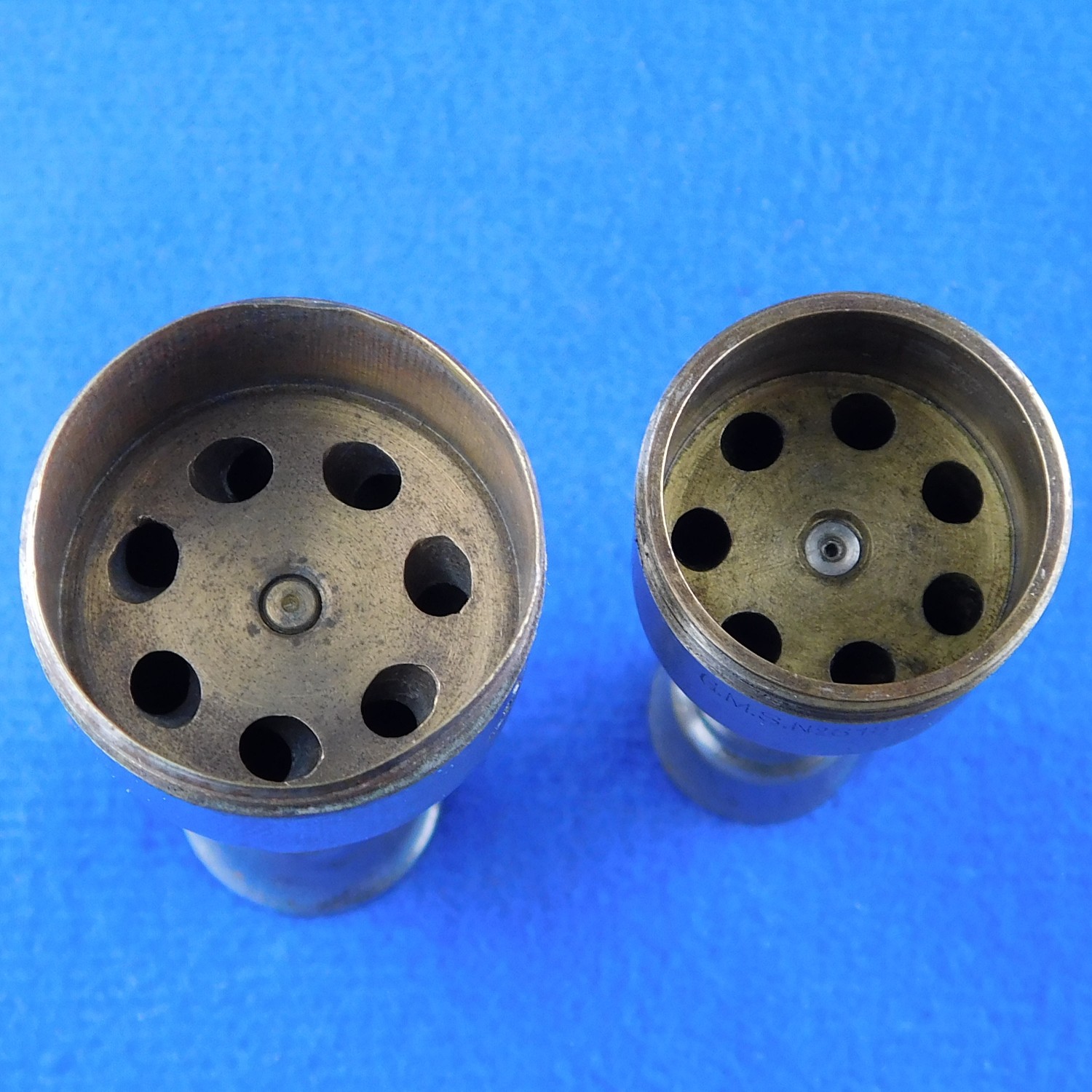
Note the angle of the holes in Manu France left and Pietschmann right.
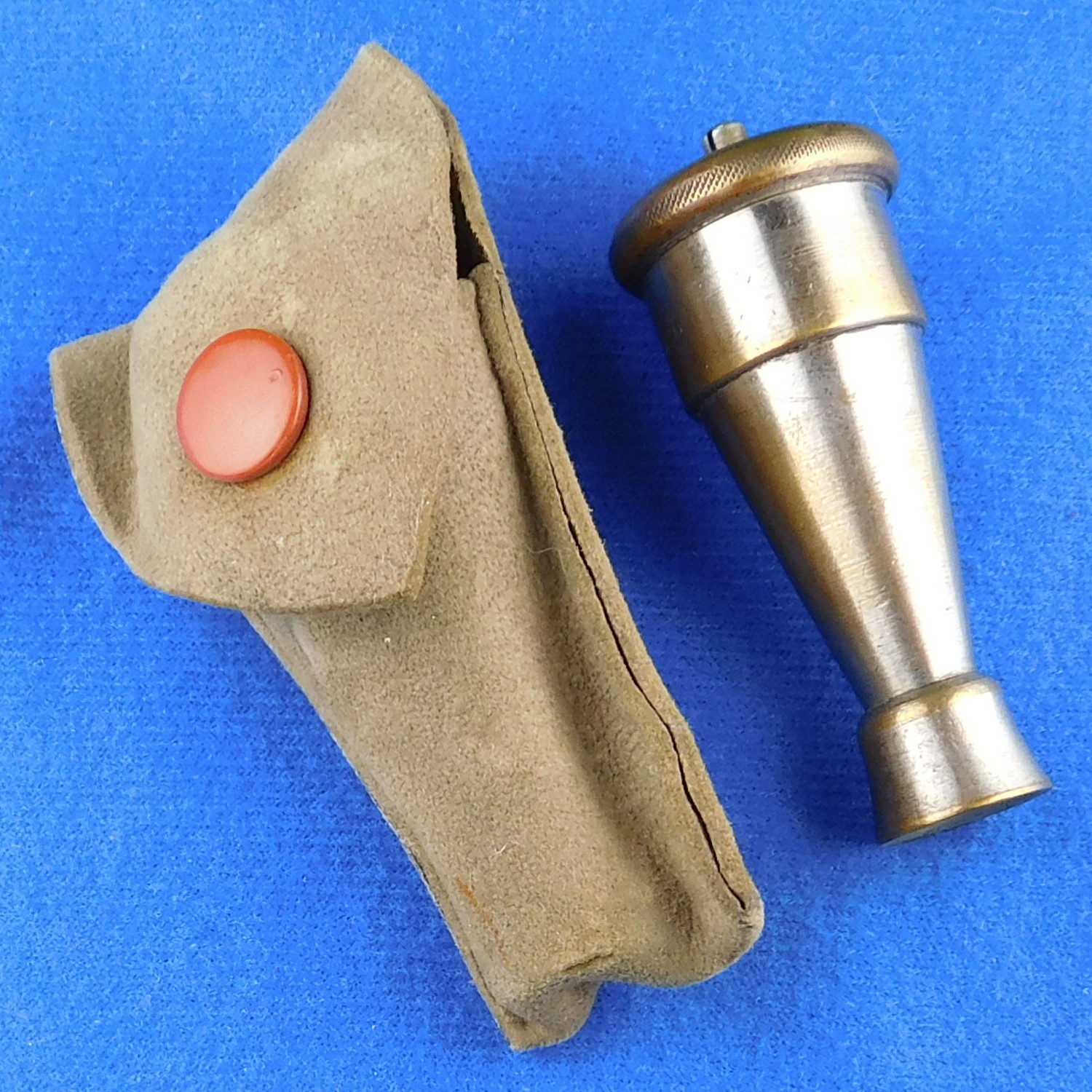
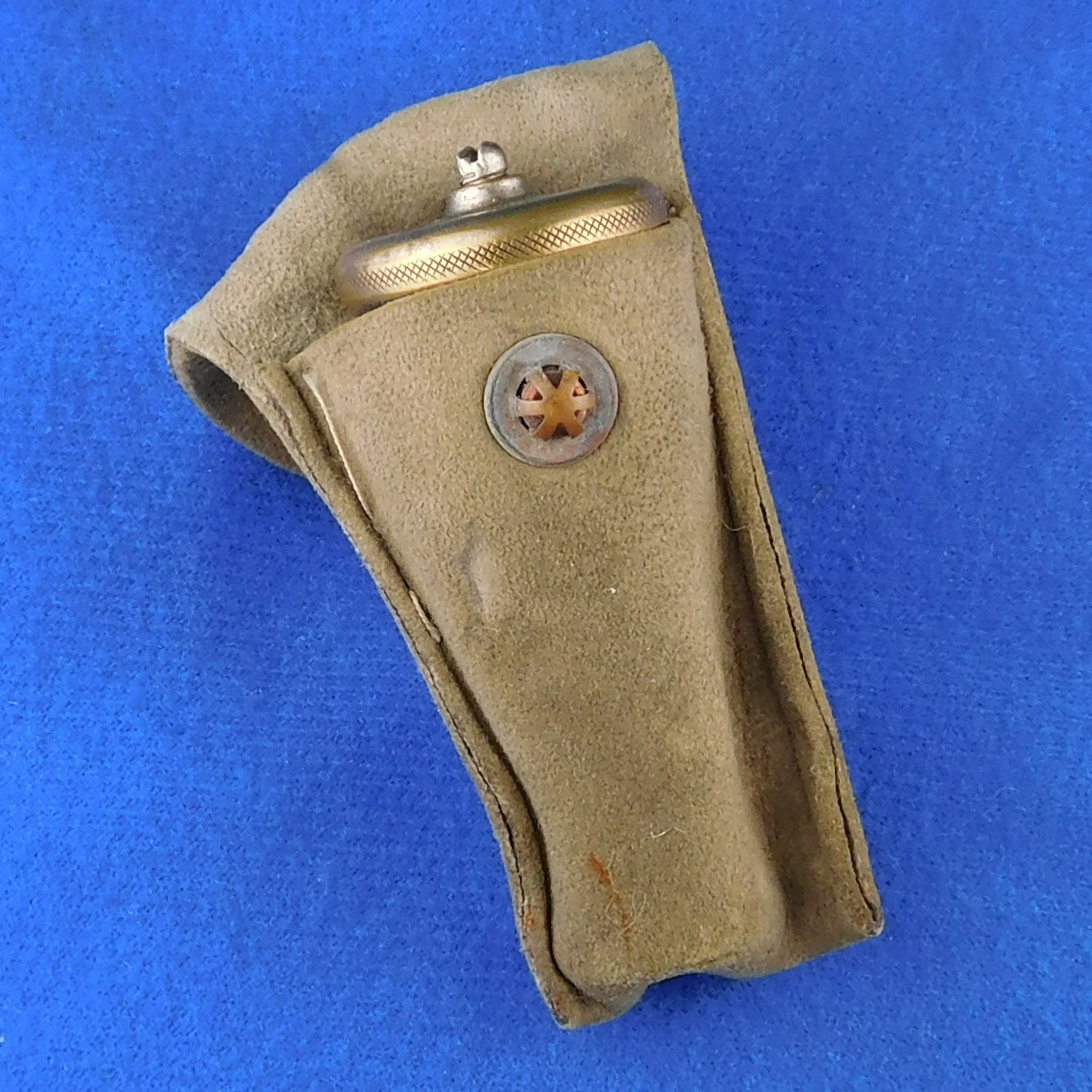
Type B is distinct in its top cap, adjustment screw, top holes ( or vents ) and mouth openings/flairs.
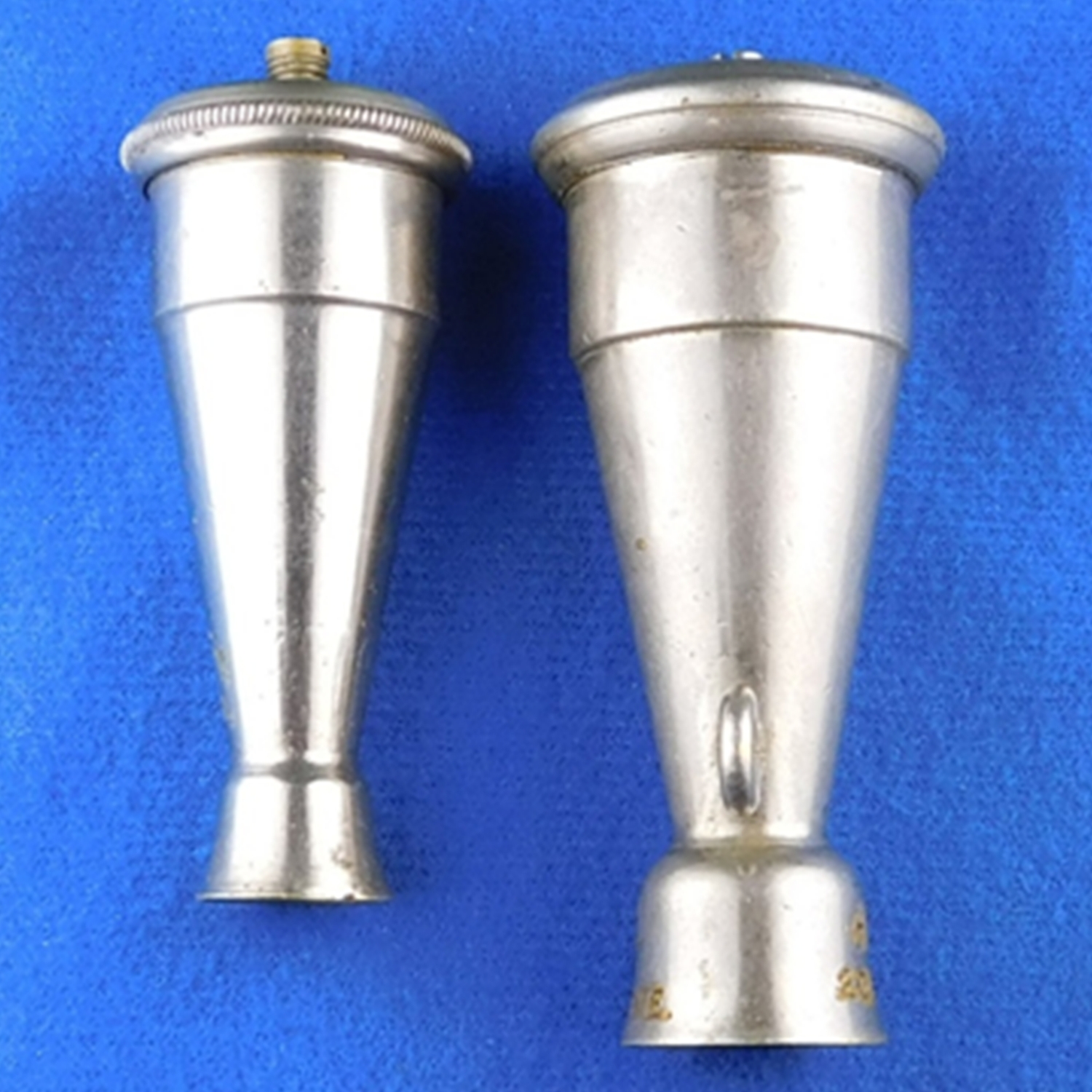
Lastly is the French manufacturing…. Since 1885 – mail order company. Still exists.
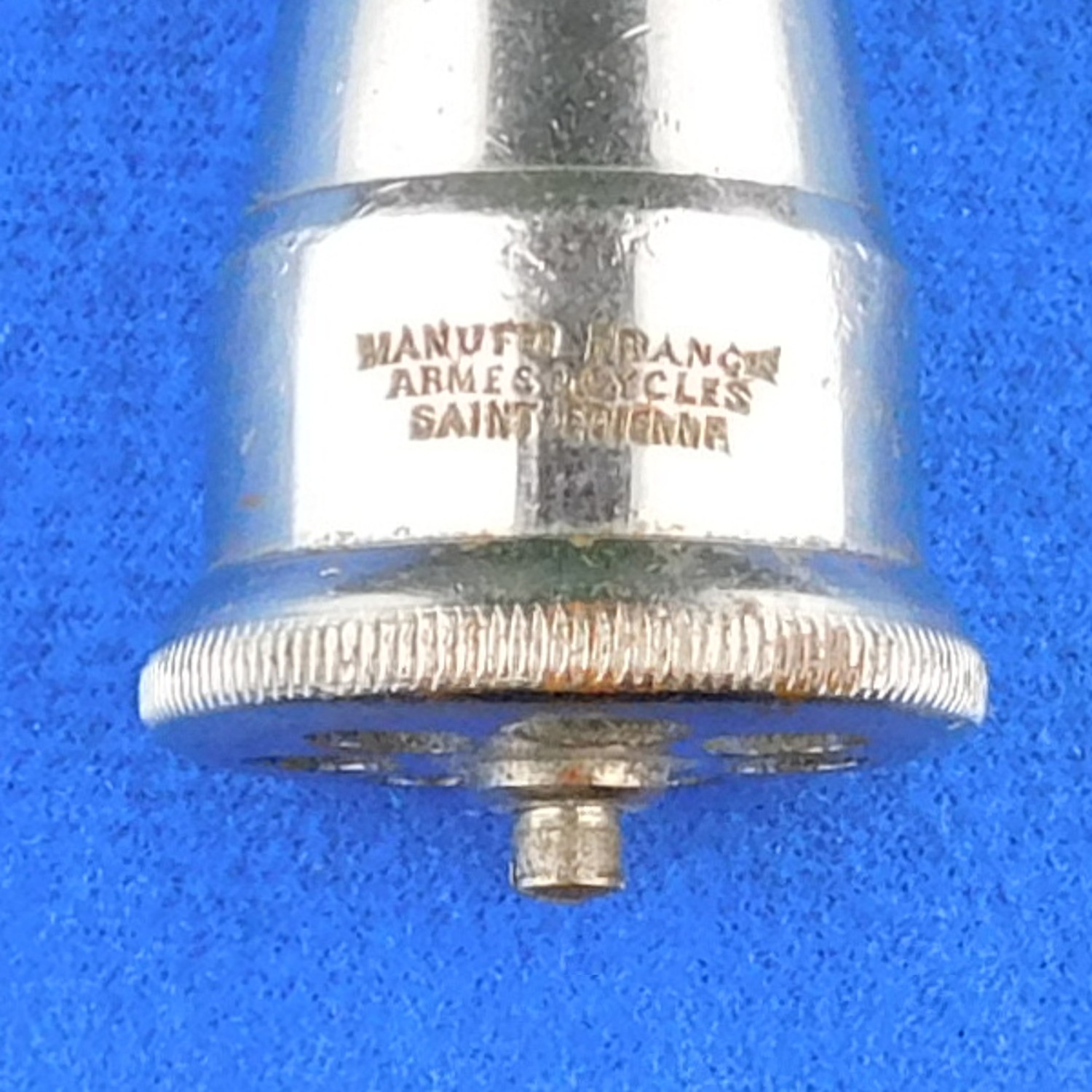
Far left and far right are two different model sizes with the unidentified torpedo in the center for comparison.
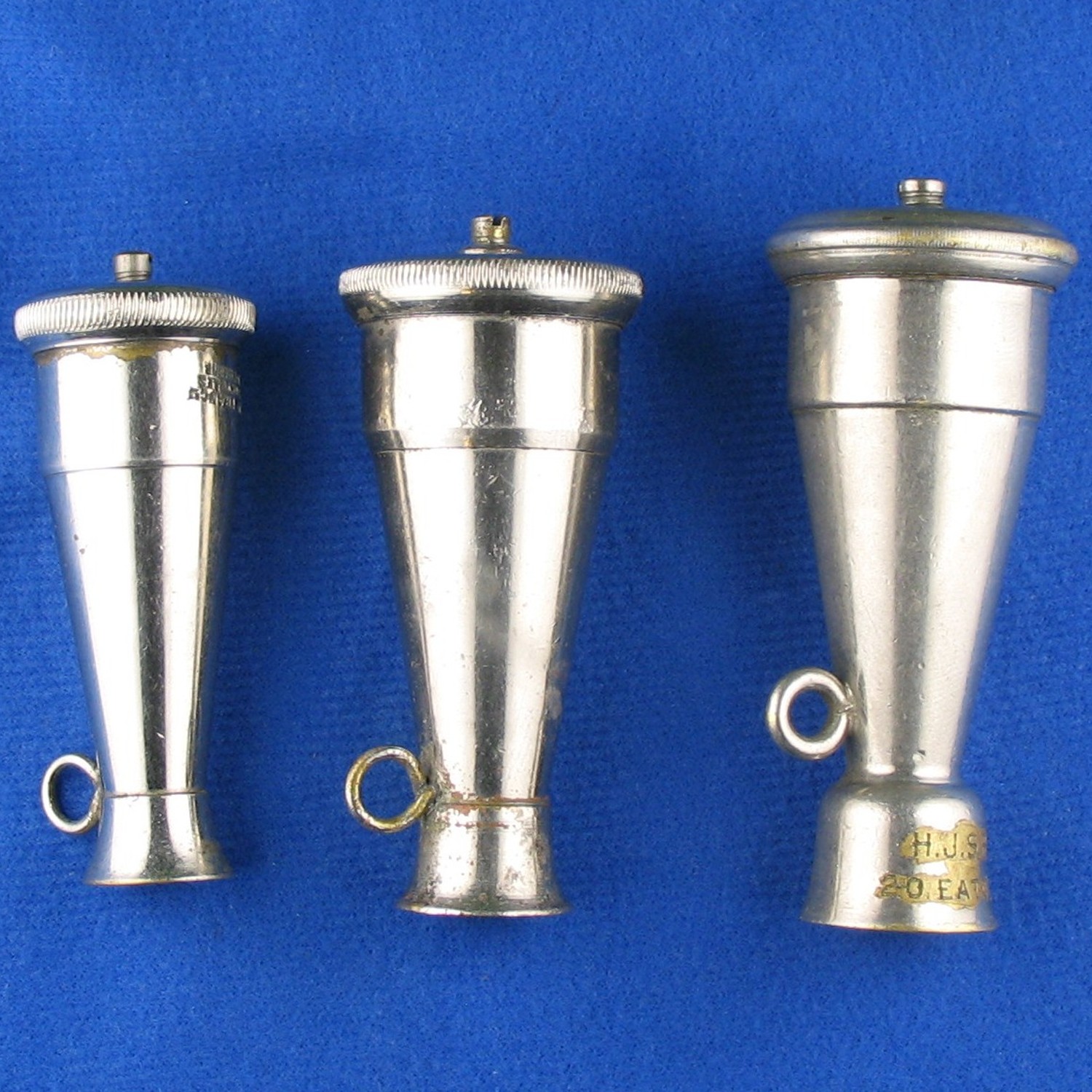
Lastly the unidentified larger torpedo with provenance as follows:
In 2018 at Newcastle an interesting object with a Hove connection came to light. It was a German siren whistle, dating from around 1900, engraved with the following H.J.S.B. Cunliffe 20 Eaton Gardens, Hove
More at — http://hovehistory.blogspot.co.uk/2016/11/eaton-gardens-hove.html
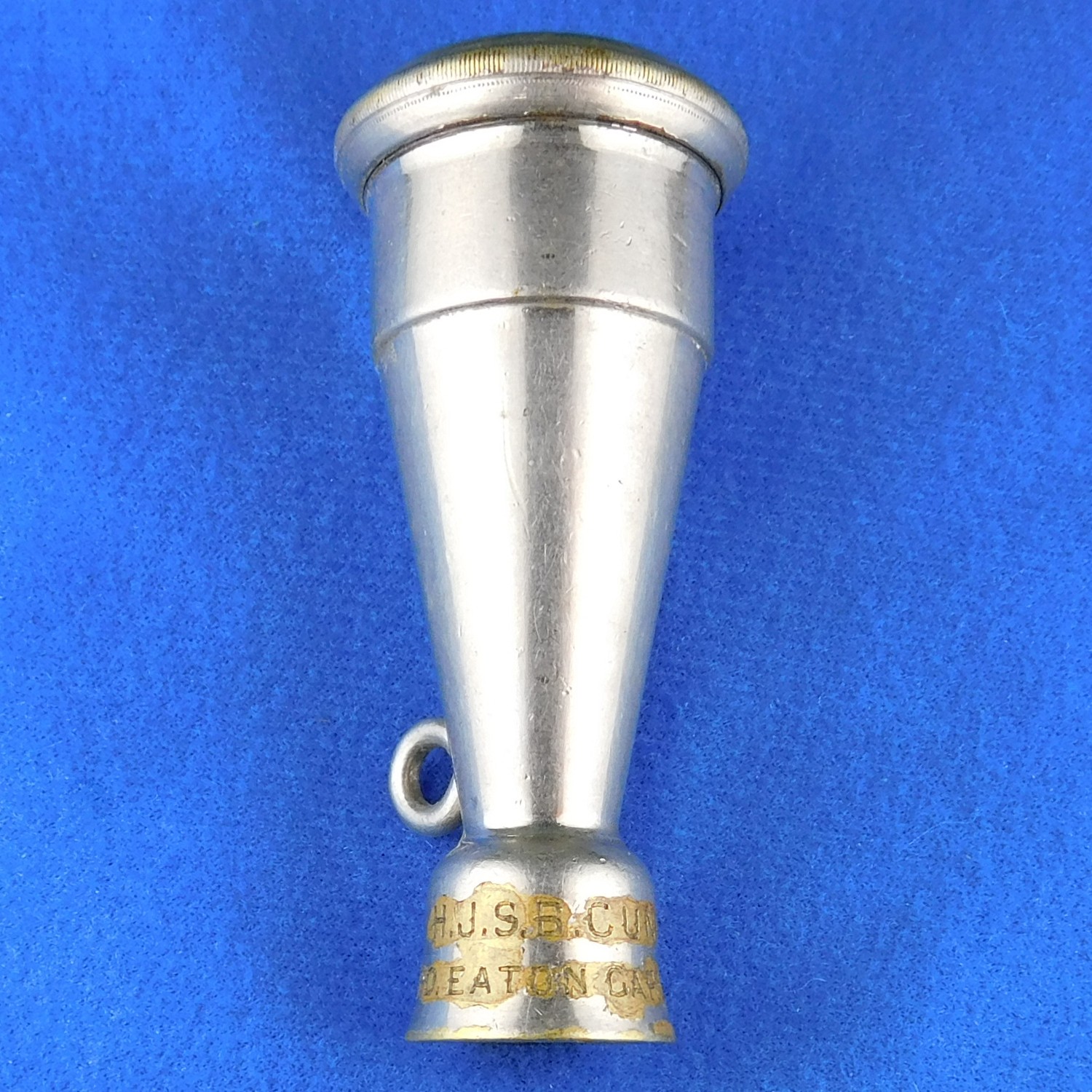
Bibliography:
Signal catalog
Zimmermann catalog
History ManuFrance on line ( still exists )
eBay
TWG
Posted January 5, 2019
